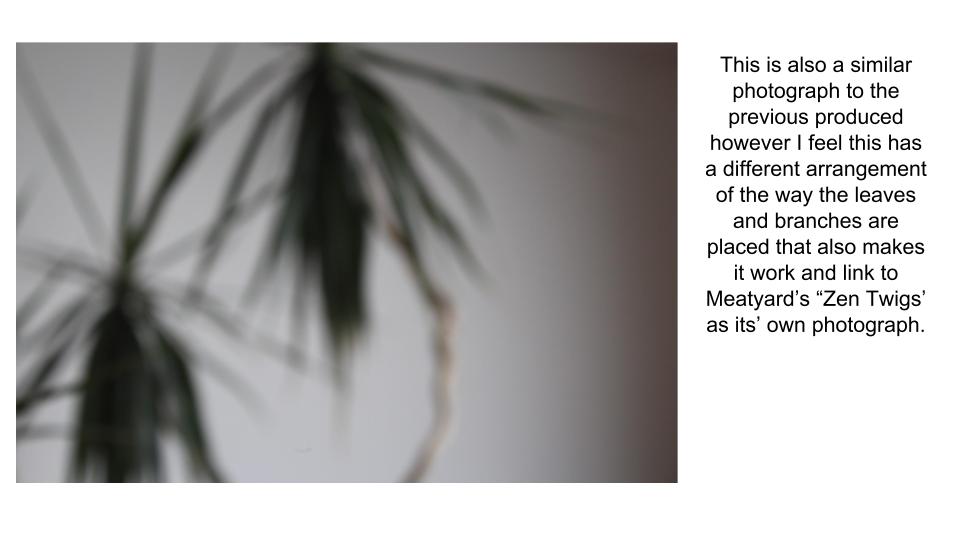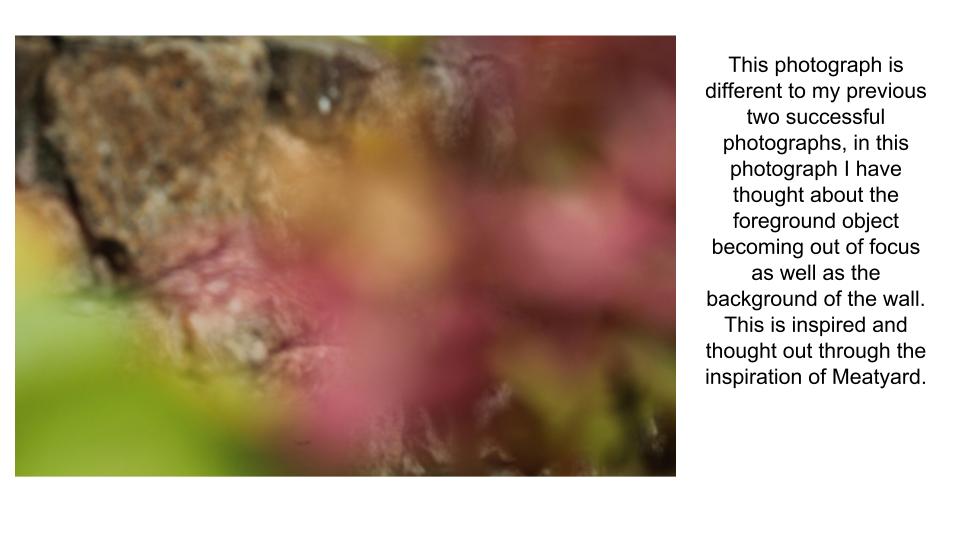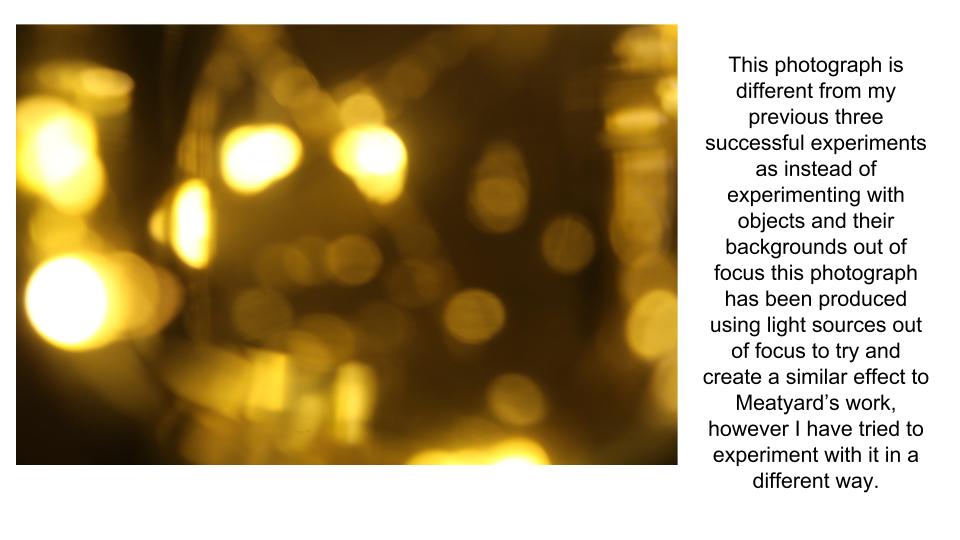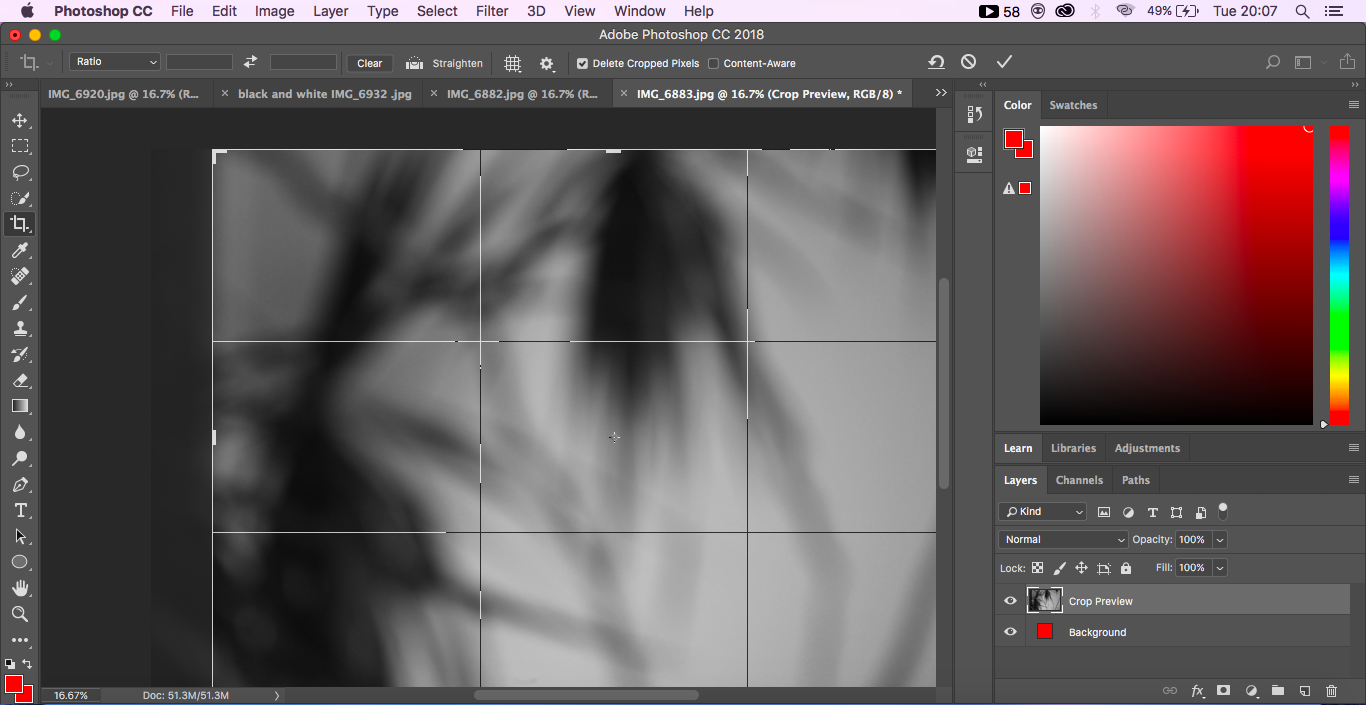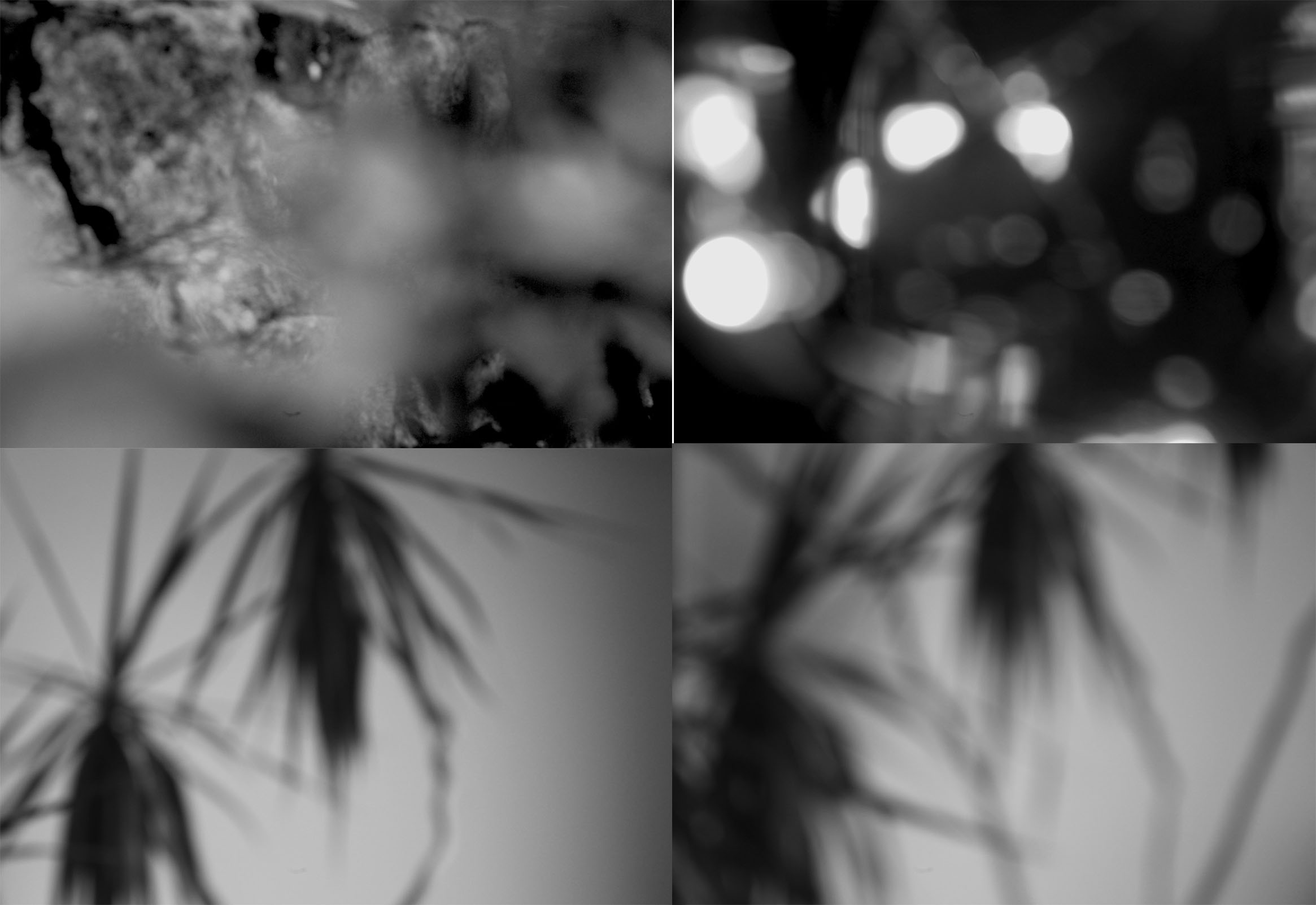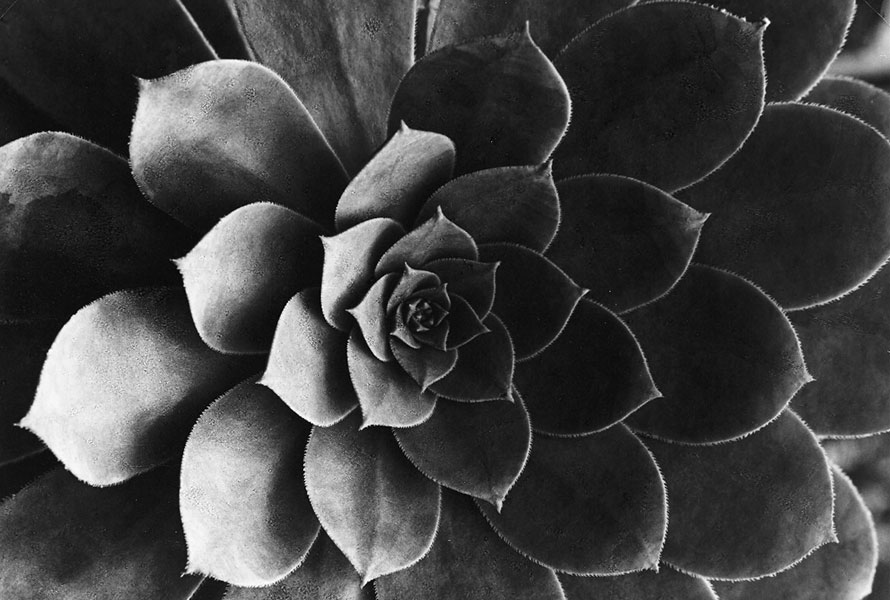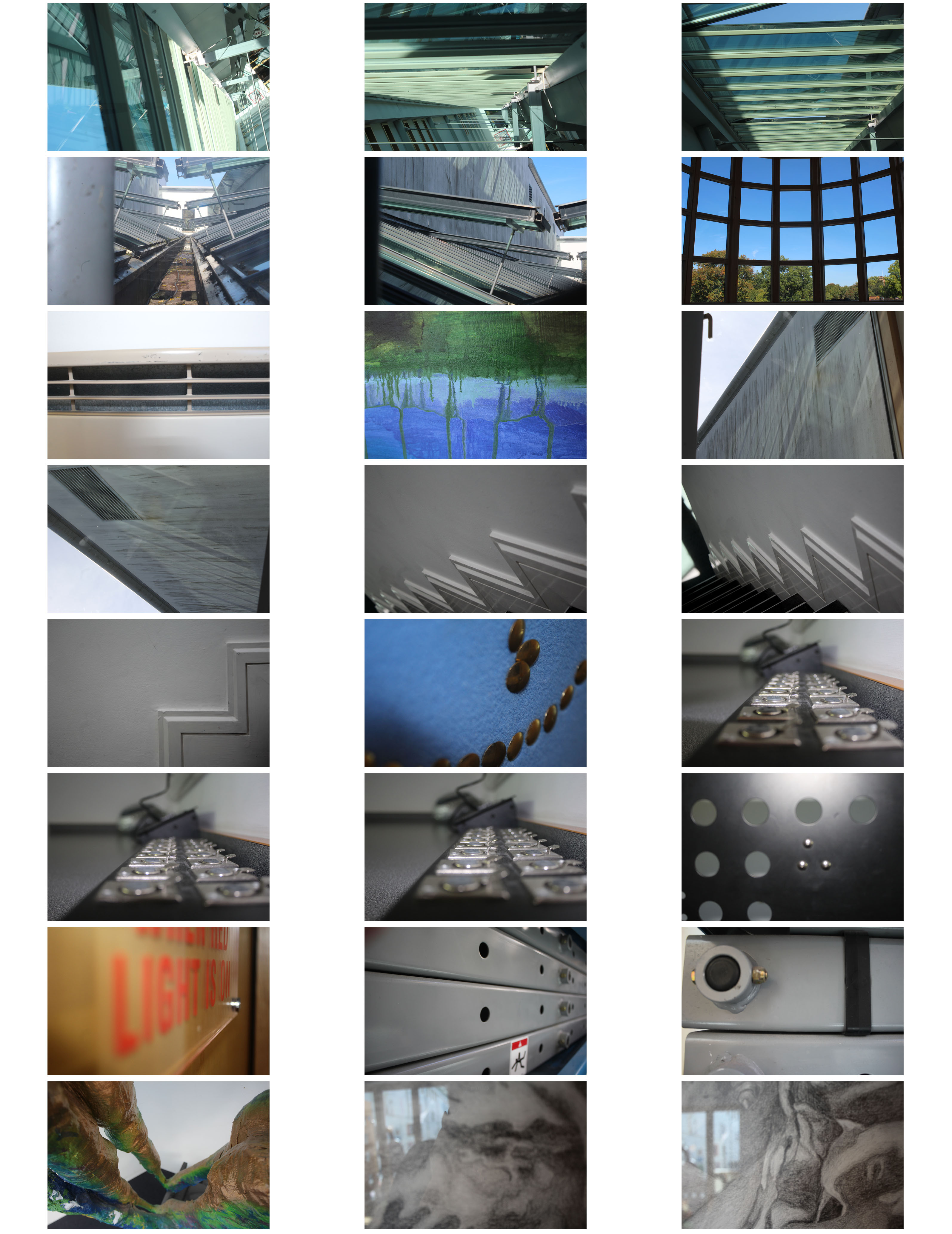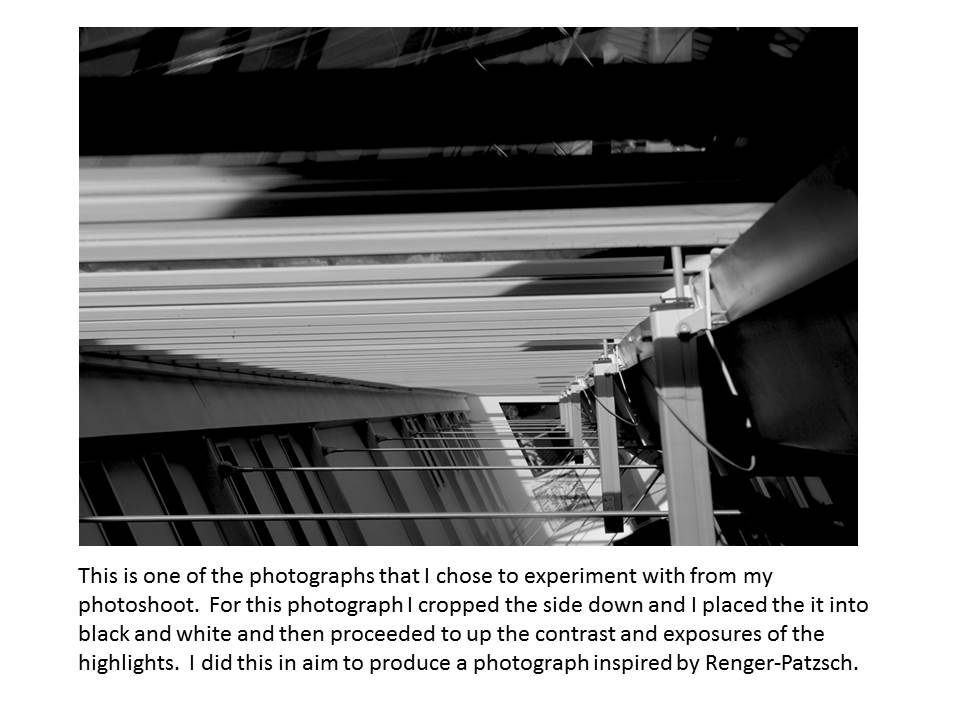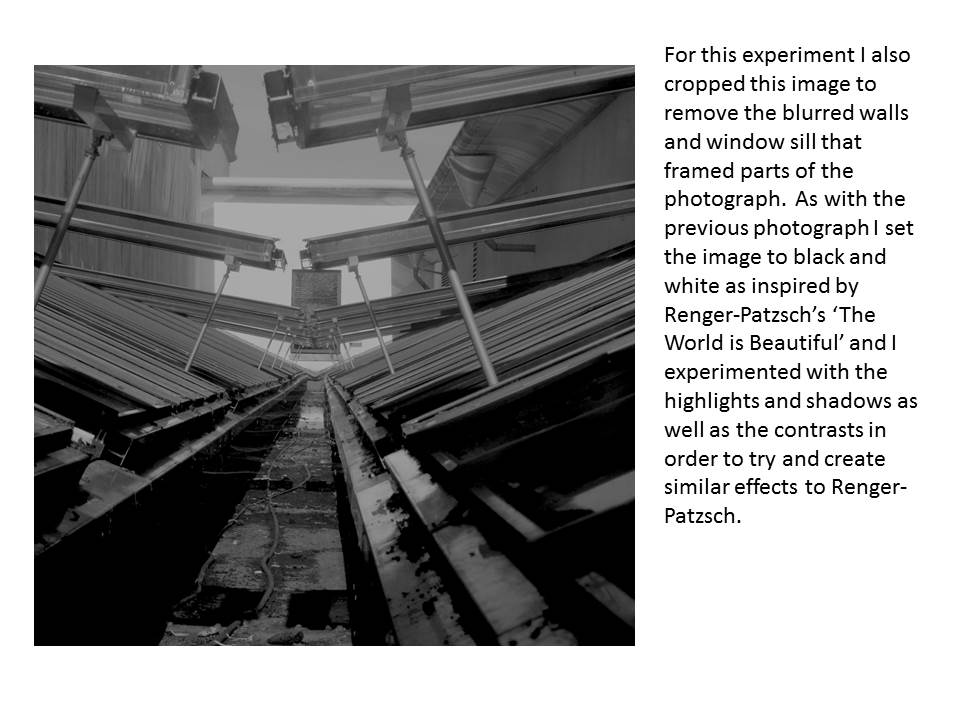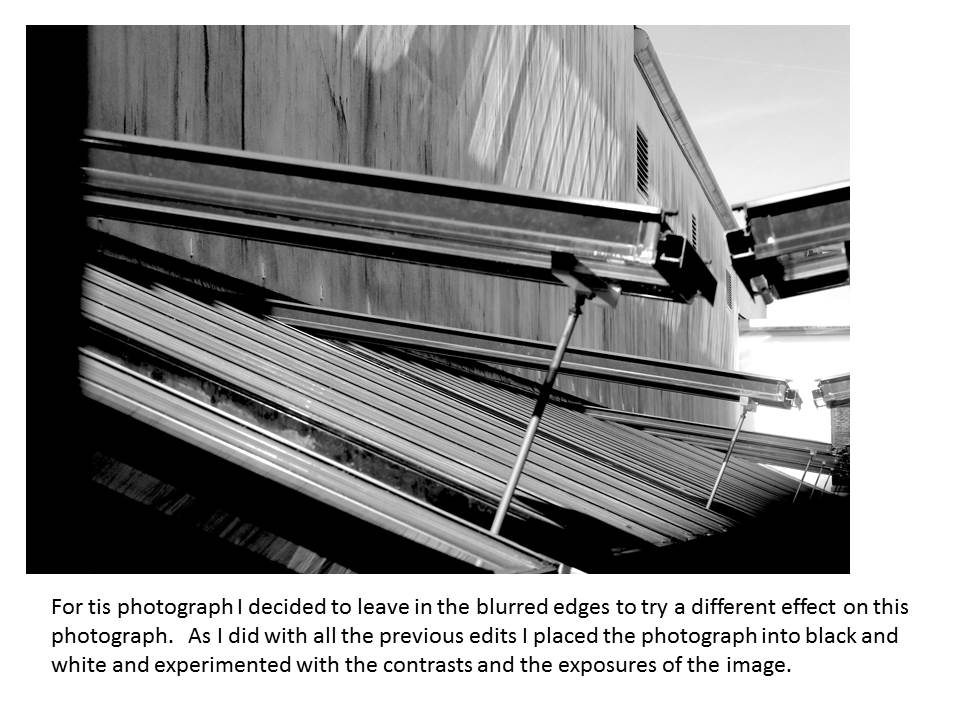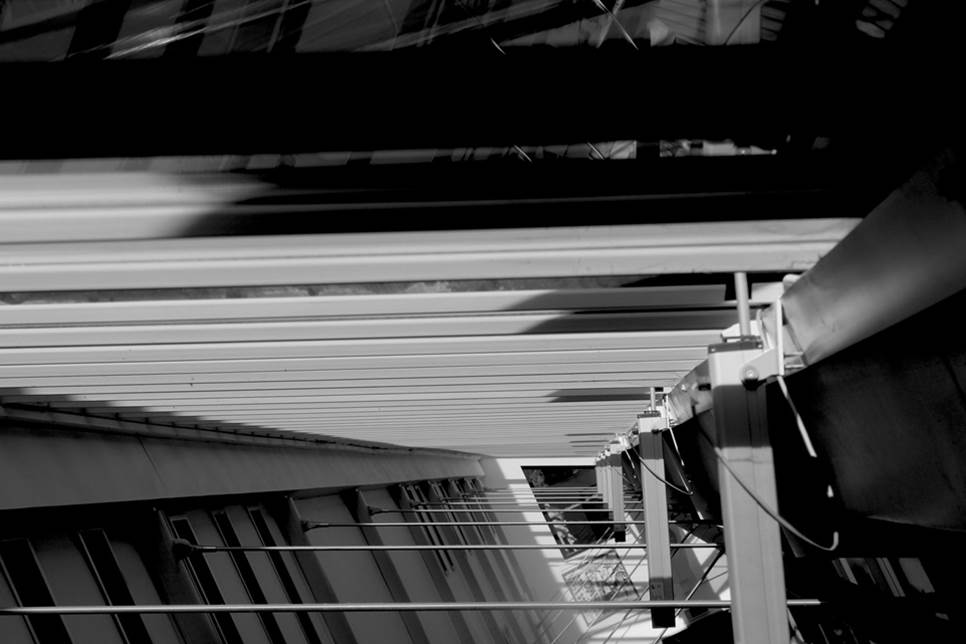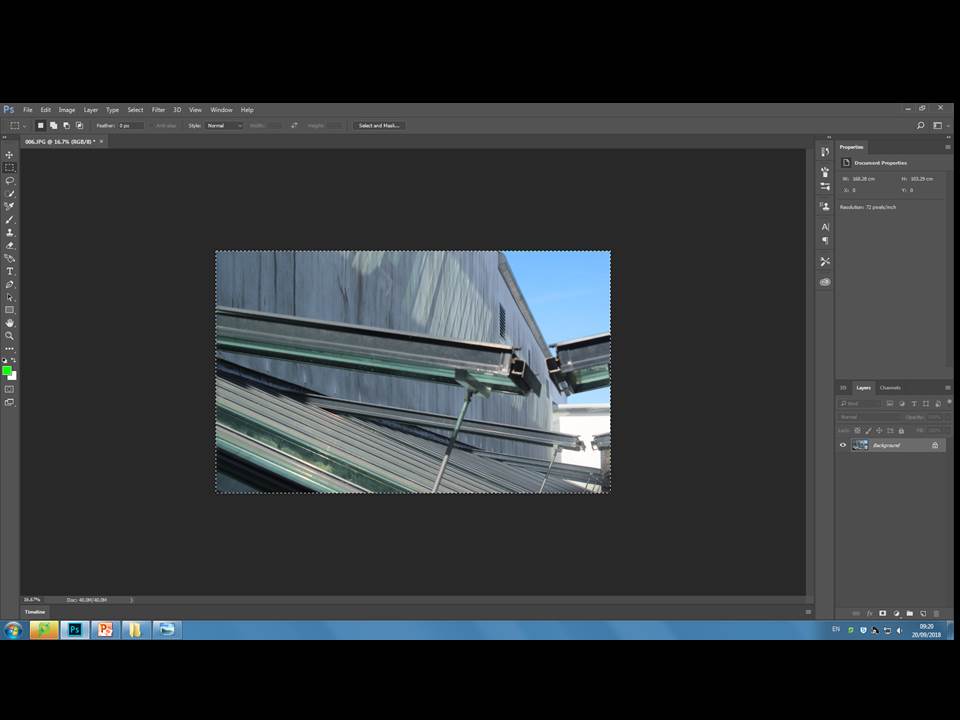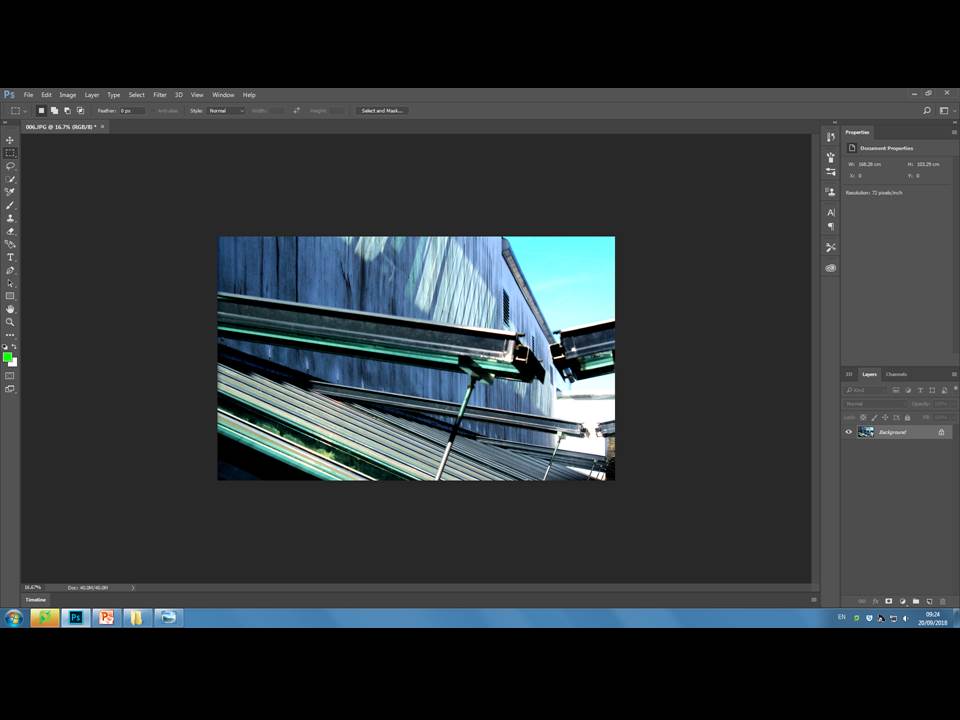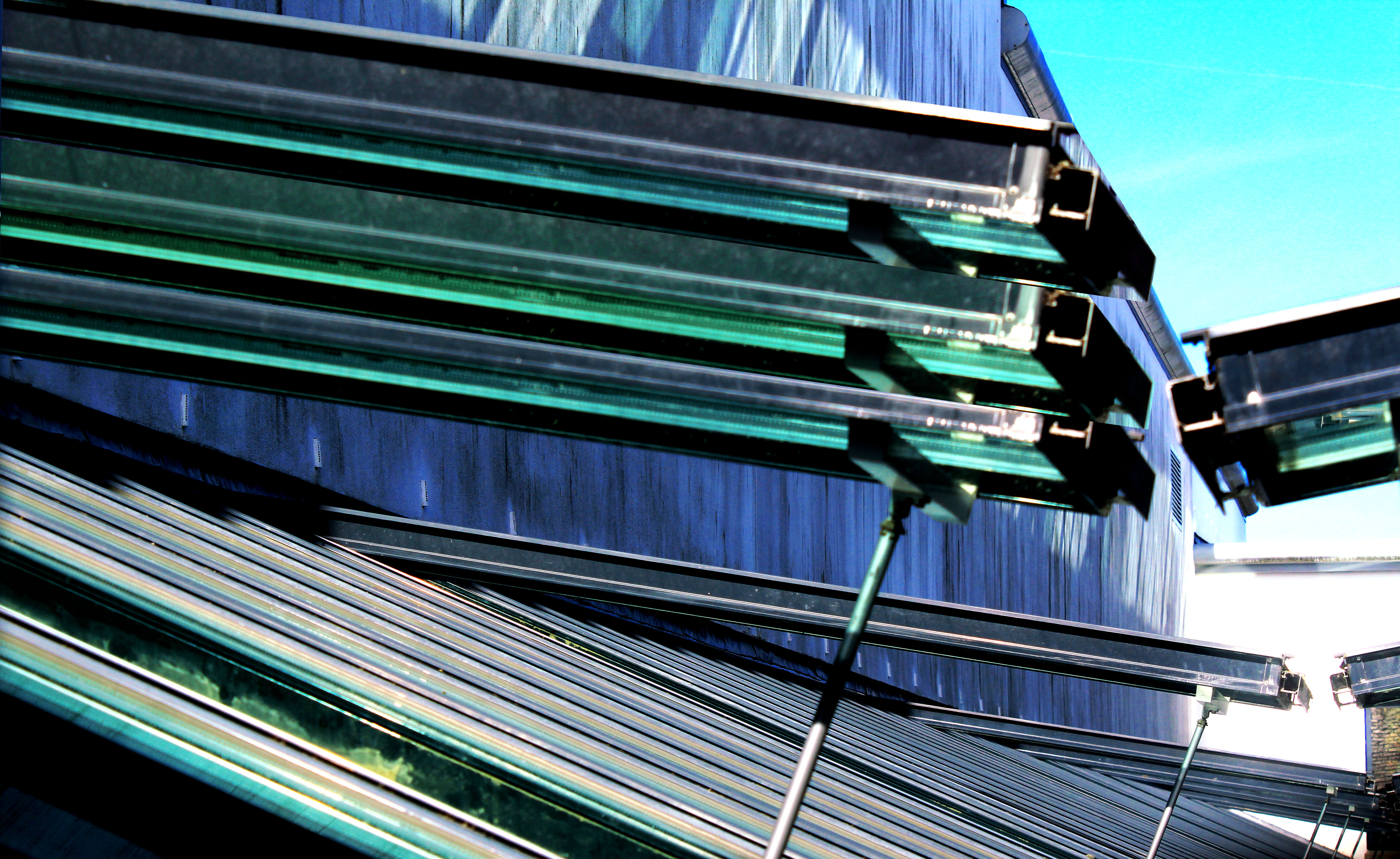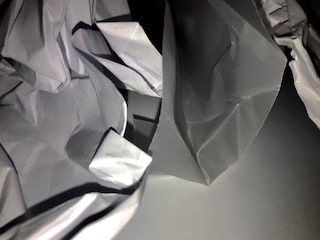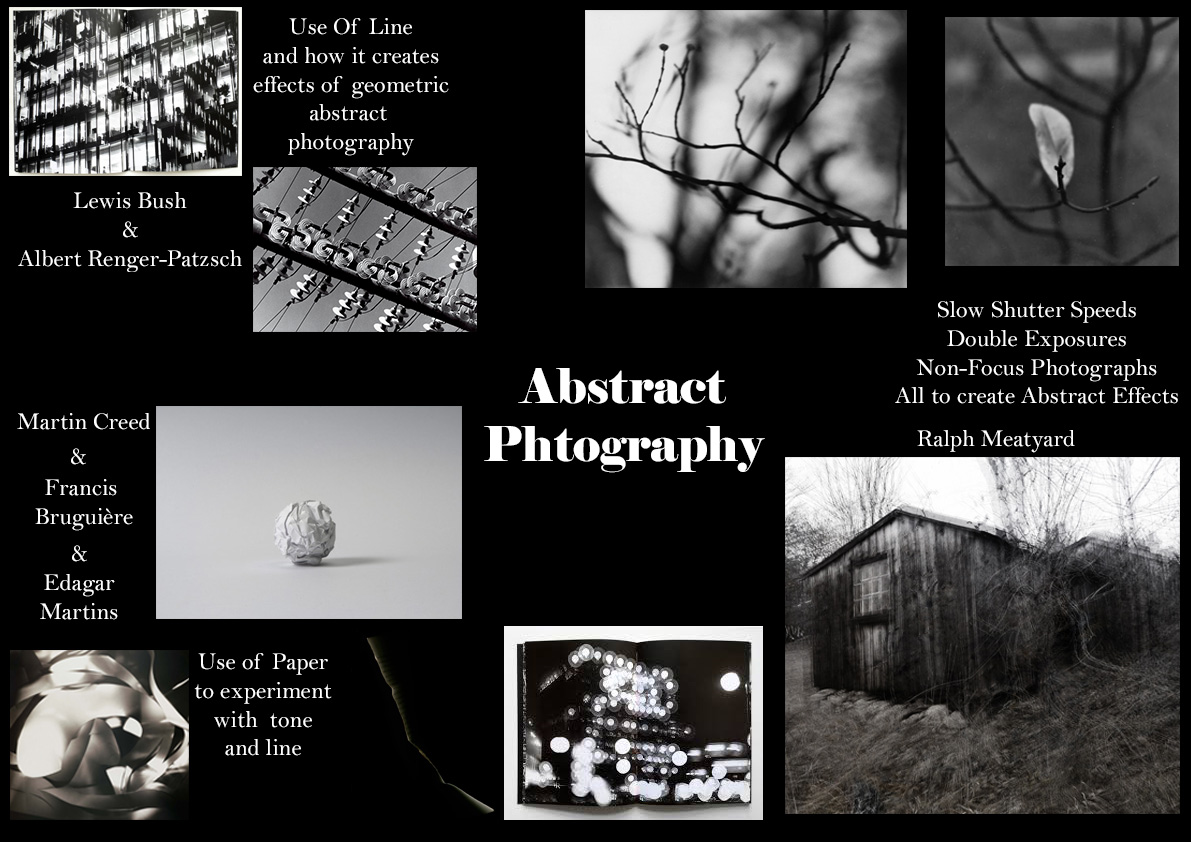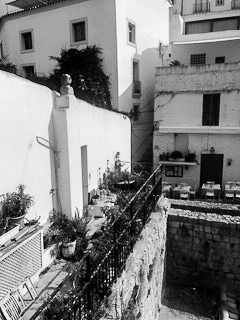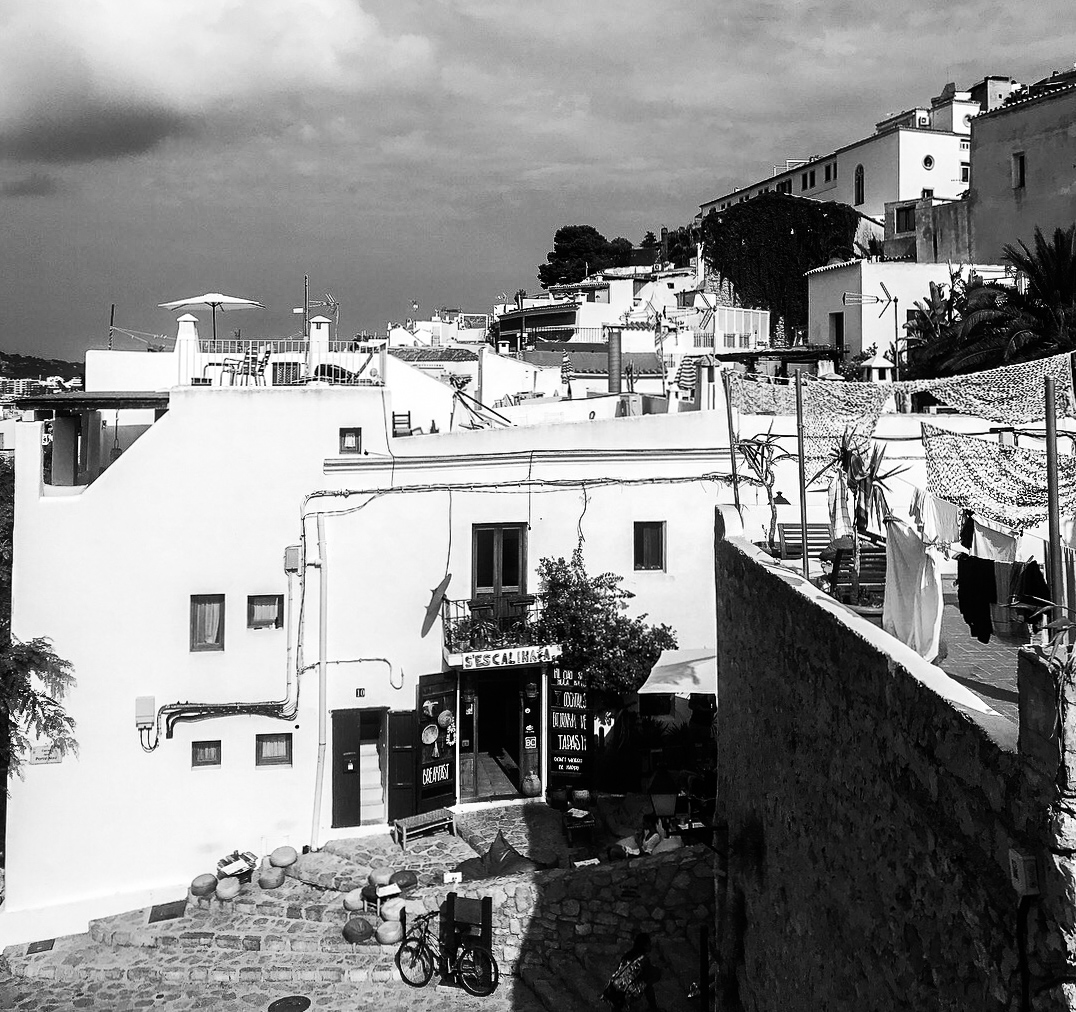Keld Helmer-Petersen was a Danish photographer who achieved widespread recognition for his abstract photographs. He gained recognition through his coloured photographs but also published black and white photographs exploring the contrasts of the tones. He was inspired by Albert Renger-Patzsch, the experiments at The Bauhuas in Germany and by Henry Callahan and Aron Siskind at the Art Institute of Chicago.
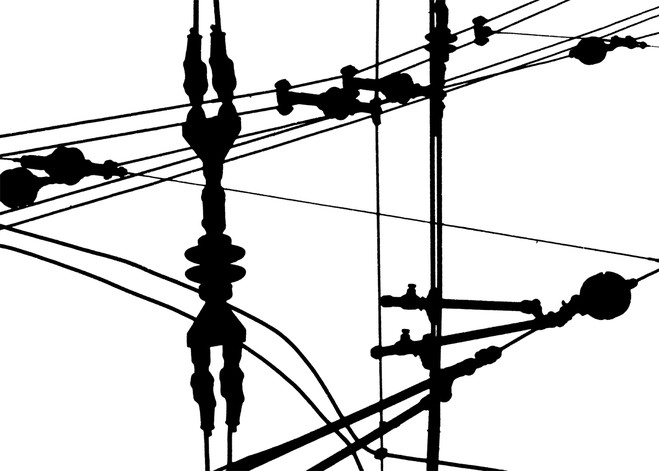
My Own Experiments
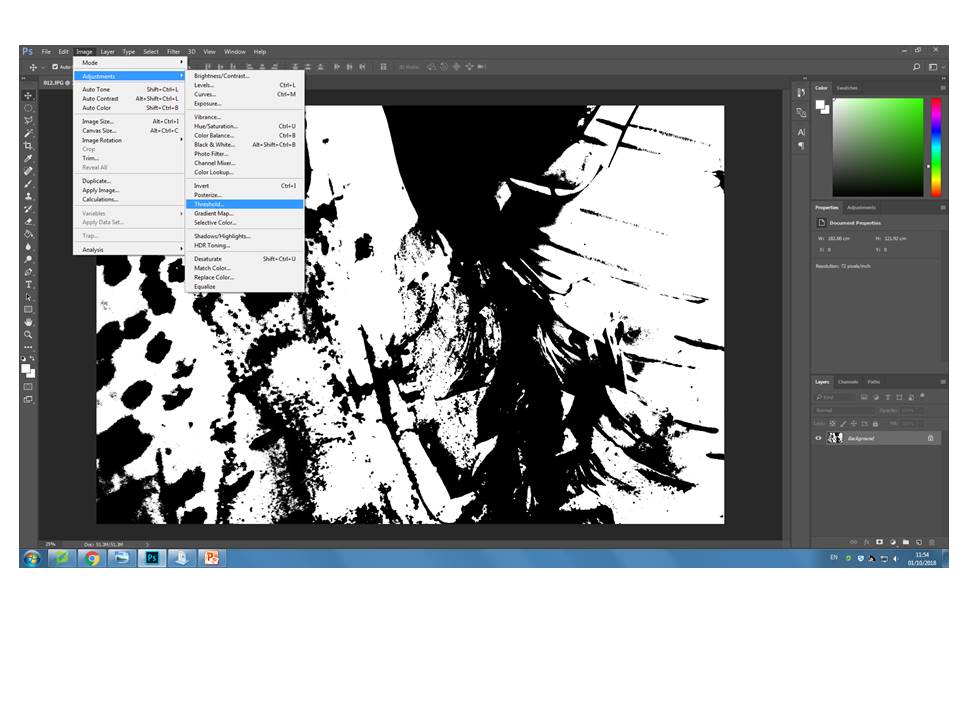
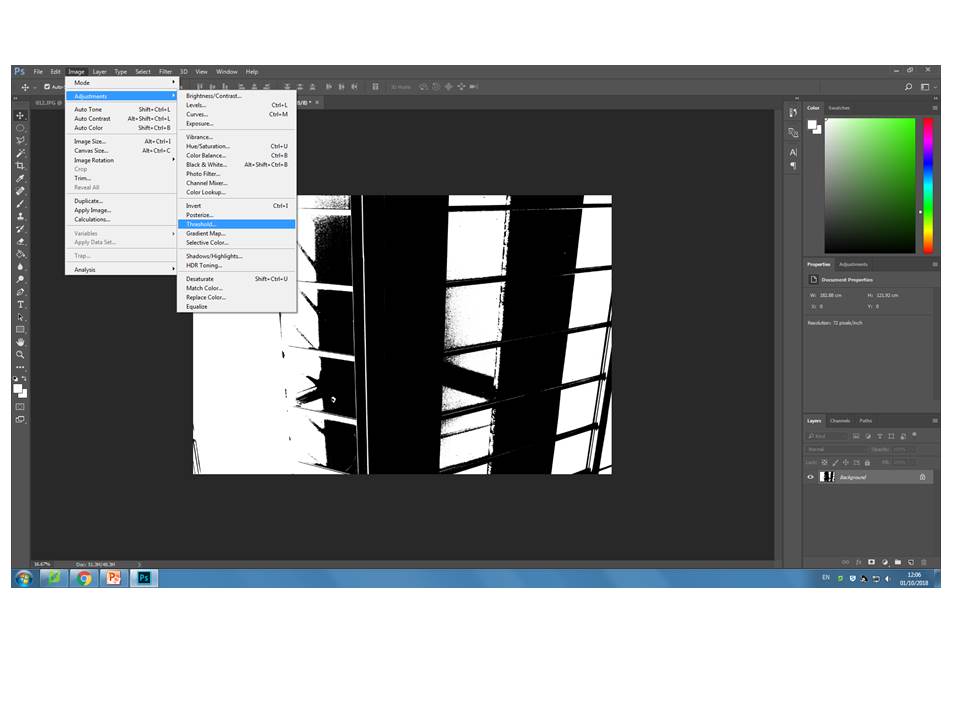
For all four of my experiments I took my photograph into Photoshop and I edited and experimented with the threshold of the image which adjusted the contrast of the black and white tones within my photographs. From taking inspiration from Keld Helmer-Petersen my aim was to extenuate the dark’s and the lights of the photograph and editing and experimenting with the threshold of the photograph.
Final Four Photographs

These are the final four photographs I produced from experimenting with the thresholds of the images being inspired by Keld Helmer-Petersen. I feel my outcomes were quite successful as some are showing the geometric lines which Helmer-Petersen also produced and using the thresholds I have extenuated the contrasts of the black and whites.





